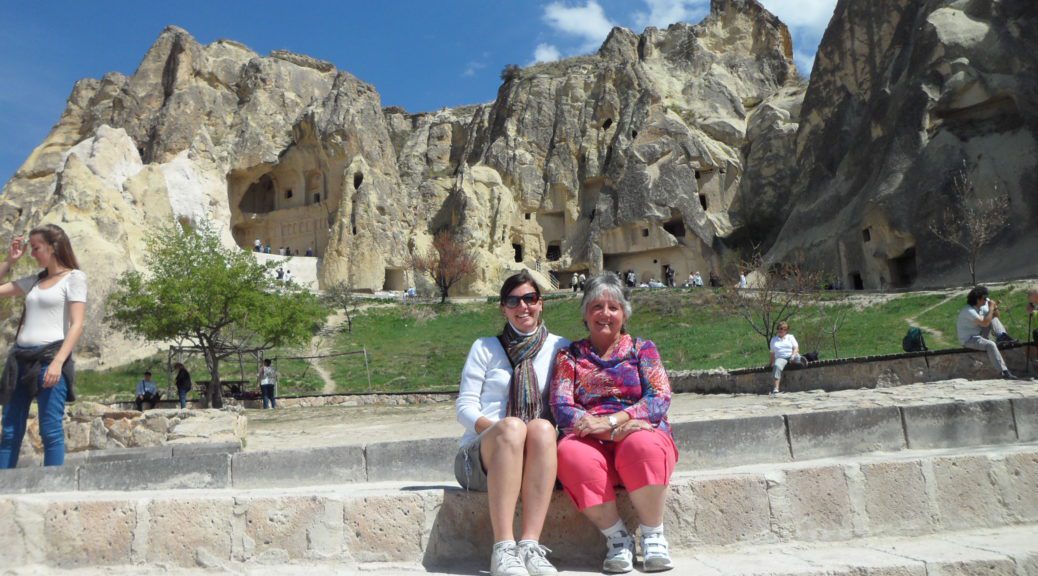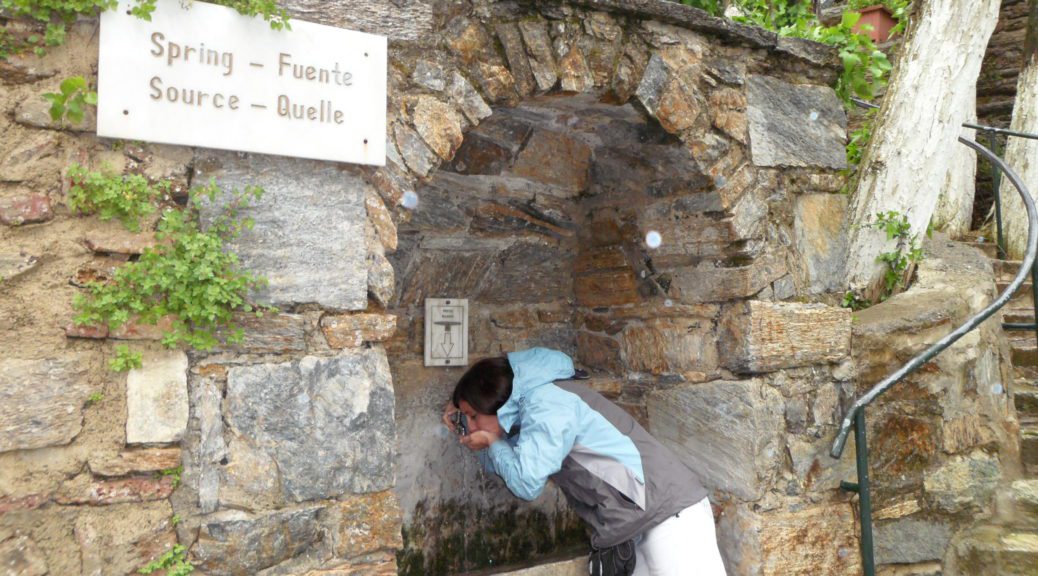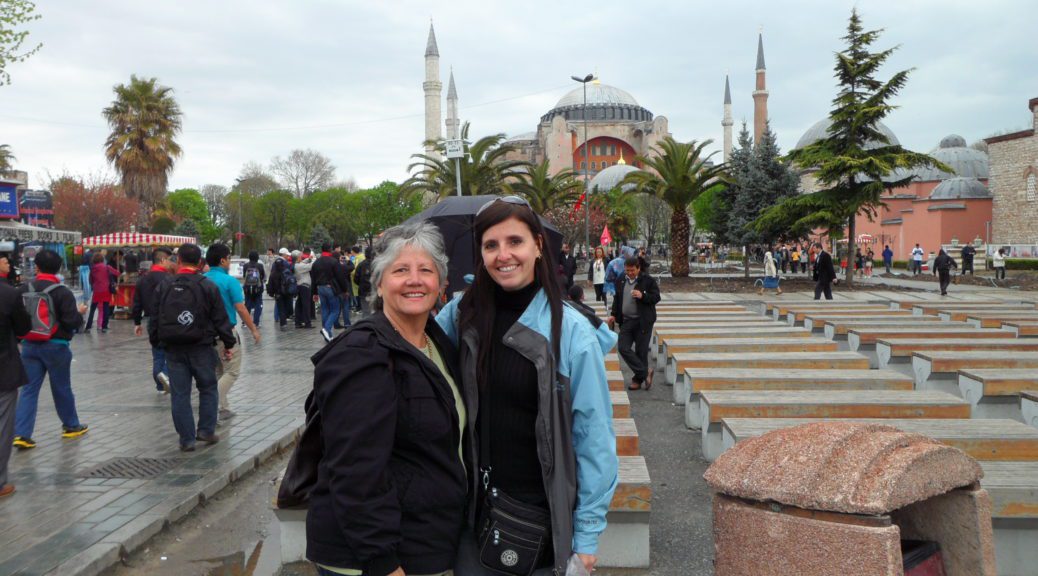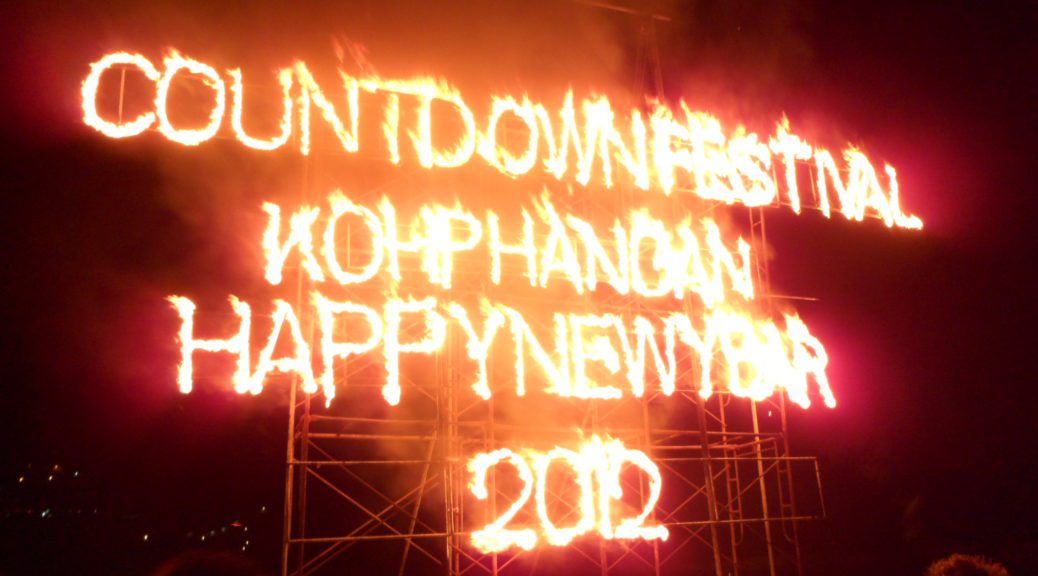GOA
15-17 November 2012
Thanks to our comfortable double sleeperbus booth and a sleeping tablet each, we got in a decent night’s rest on the way to Goa from Mumbai – no thanks to our driver who was constantly swerving and hooting throughout the trip.
We had some trepidation pulling into Goa as it seemed to just be endless rolling hills of palm trees, with pockets of ramshackle shop interspersed roadside. Our fears were fed when the bus stopped at a dusty rank, but fortunately we were steered to another bus and realised that our arrival in Goa was to the North and we had booked to stay South, requiring an extra leg.
Indian cities were all proving to be far larger and more sprawling then we’d imagined and we had another half hour on the bus to get to our destination, Margao… And an aircon taxi ride for another 10 minutes after that to get to Majorda Beach where our hotel was situated.
It was well worth it though. We were deposited on a quaint narrow lane, lined with shops (mostly jewellery, yay!), accommodation and restaurants. Exactly what you’d expect from a little seaside holiday village.
The Shangri La Beach Palace was basic, but clean and neat and we had hot water! And a street-facing private patio, which am sure was a selling point in this simple little village.
We dumped our stuff down and decided to head to the beach for brunch, finding it to be an easy few hundred metre walk straight down our main road to glorious wide white sand beach and the Arabian Sea stretching for miles and miles in both directions. A backdrop of palm trees, bar and restaurant shacks on the sand and fixed palm frond umbrellas completed the picture of an idyllic paradise that had us frolicking in the surf and sipping on Kingfishers on our loungers rather than eggs-on-toasting.
Marvelling at our good fortune, we passed quite some time enjoying our locale, wading in the little lagoon in front of us. We were allocated the loungers at the very end of our stretch of civilisation so the lagoon felt like it was just ours. I wandered back into the palms to investigate the clothing and jewellery stores… And eventually we lunched. We had to have a Goan fish curry and felt it matched with the 12 Queen prawn dish and of course a garlic naan, not bad for under R100 in total!
Back to the loungers! What a great way to spend an afternoon – reading, chilling, swimming and people-watching. Bliss!
At 4pm we headed back toward town, needing to find an ATM and wanting to be showered, clean and back at the beach for the 6pm sunset for sundowners and dinner.
The walk to the ATM (seemingly in the next village) was hair-raising with the cars driving all too close and hooting at the sight of absolutely anything and everything. But we made it, got cash and celebrated our success with a litre (the standard serving size at the convenience store) of ice-cold Mirinda before turning around and heading back.
Back at our hotel, we appreciated the small things like hot showers, flushing toilets and toilet paper and were soon clean and fresh and off back to the beach. Having stopped in at almost every shop on our way home, we were greeted by almost every shopkeep on our way back out (they sit outside their shops on the pavement and only turn on lights and aircon inside when punters go in). Majorda Beach is starting to feel a bit like Cheers, except everyone calls us “South Africa” because the inevitable first question is where we are from.
The beach is beautiful at night. All the restaurant shacks spill their tables out onto the sand in front of their shelters, resulting in a generous dotting of candlelit tables down to the water, which laps gently in the background quite hypnotically.
Despite having spent the better part of the walk to the ATM and back discussing dinner, we disregarded our predetermined choices. After having walked the full length of our section of beachfront intending to go to Albert’s for palak and butter chicken, we were put off by their only patrons – a single table of noisy Russians – and the music – blaring from next door – nondescript and tragic ballads. No harm done, we did the return journey along the water’s edge and had red snapper with prawn and egg rice instead at Mashmir’s (where we had had lunch).
There were lots of beach dogs that just curl up under the tables, are very tame and don’t really interact much. They have a clearly innate sense that every dog should have a human. There was a cute little thing that the restaurant recently found abandoned in the bushes that got more than his fair share of attention!
We had a lingering dinner, nightcapped with Kingfishers (quarts, very romantic) and made our way back to the hotel, stopping en route to have a gander at some of the shops since everything was still open. Christian’s slides weren’t made for walking so he bought some slops, I got an Indian cotton tunic top and we did some t-shirt shopping for the nephews. From all I’ve heard of India, seems a bit belated to have only begun shopping on Day Three!
Exhausted from a long day of doing little but eat and recreate, we retired to our hotel room, delighted to find we had not one but two English channels to choose from – amid a choice of 5 cricket channels (seriously), 1 other sport channel, a few news channels, some dubbed series and movies channels and a very disturbing version of MTV that only has Indian pop and Bollywood hits. Interestingly, the English channels are subtitled. In English. Between Star Movies and HBO, we found the third Transformers movie, the perfect sedative to cherry on top a rather sedate day.
FRIDAY
Not wanting to get distracted by the call of the lounger and miss two breakfasts in a row, we had scrambled egg on toast with baked beans at the restaurant downstairs from our hotel, King Crab. It’s always interesting to watch the locals, this time emptying their tea into their saucers to let it cool, slurping it up from the saucer and repeating.
Nourished and energised, we took to the beach to embark on the day’s plan – to walk South to the neighbouring fishing village called Colva. The beach makes for a lovely walk. The sea is calm, the sand silky soft and the water warm as a bath. While the sun seems more forgiving here (a full day in the sun yesterday left colour but no stinging redness), we added Factor 30 sunblock anyway seeing as we were walking on the naked beach toward the sun the whole way (probably about 4km).
We were the odd people out for so many reasons, but most notably (as in Mumbai) all the Indians are fully-dressed (whether sitting on the sand or swimming) and not pair of shades among them. It gave quite a severe reception as they walk toward you, all hiding their eyes under deep frowns and knitted brows to keep the sun out. And that’s just the ladies. The men give the impression that it’s Movember all year round!
Colva was very busy. Starting with a bigger collection of shacks on the beach at the outskirts (although this time on stilts and more square than the rectangular ones on our strip), then dozens of fishing boats moored on the shore (several with fishermen working on their nets) and culminating in a dearth of swimmers bulbing into the sea around the entrance to the town, marked by 2 bridges over a trickling river at the back of the beach.
The town itself starts with a cul-de-sac adjacent to the beach, which acts as a drop-off spot and taxi rank. It is lined with restaurants, mostly selling local and North Indian cuisine. Beyond this is a single road, quite bustling with auto and pedestrian activity, lined with shops on either side. The first few were jewellery shops and I was (very easily) persuaded into a carat and something Golden Topaz, which will make a wonderful ring to match my citrine earrings (last birthday) and pendant (birthday before last) set that Christian has given me.
We managed to navigate the rest of the high street and back without buying anything, although we have formulated a mental giftlist which we intend to fulfil in Delhi.
Resolute that we weren’t going to get any downtime in the throng at Colva Beach (disturbed mostly by the long-sleeved sun-worshippers, the fully-dressed swimmers and the lax attitude to throwing litter in the sea), we directed ourselves toward home, with the intention of taking up the first set of loungers that presented themselves. Just beyond the fishing boats, our dreams were realised at Anthony’s First Base Beach Shack.
Before you could say the “Ahtohno Cape” (the Russian version of the name on the cyrillic signboard), we had 2 loungers, 2 Kingfishers Premiums and a litre of water. Well done, Goa!
The meandering aromas from the shack’s kitchen soon had their menu as our preferred reading option du jour and we decided on Shark Ambotik Rice and Crab Curry to try something exotic. The shark was served in a spicy red tomato while the crab was in an aromatic yellow curry sauce. We were told that the Goan traditional recipes prefer a coconut-based sauce. We were a bit disappointed with the pan-fried butter naans which were more like pancakes than the flat bread that we’re used to.
The whole meals was quite messy, so it was jazz-hands to the sea to wash off. We lingered in the water, which was as calm and warm as ever, with just heads bobbing above the water.
We frittered away the afternoon, reading, chilling and napping and made our way back to our neck of the woods when the sun was setting, intent on a sundowner at our local. The beach was busier than the previous night, which we ascribed to Friday being the start of the weekend. Mothers in full regalia, with fancy saris and lots of dingle-dangle jewellery, fathers in collared shirts and slacks, (lots of kids) playing beach games, splashing in the water, chasing each other or drawing in the sand.
From the comfort of (yet another) lounger, we watched the golden topaz sun set behind the water while we plotted and planned, posited and solved the world’s mysteries. We decided that the beach looked so much bigger in Goa because it’s so flat. There are no lumps and bumps, nor rocks or coves, so there are no bays or inlets giving contour to the coastline; just an endless view of sun, sea and sand. Glorious.
We concluded the Goa chapter with a divine dinner at Pentagon; a more conventional dinner club restaurant featuring a nightly roster of live entertainment that, being a Friday, offered us a diabolical duo playing ‘treasures’ (welcomed by their rendition of “Easy”, done better than Lionel Ritchie’s, but not as good as Faith No More’s).
The food was amazing and we indulged in hot garlic mushrooms and onion bhaji starters and chicken kadai and mutton rogan josh for mains. We were right next to a table of Russians and again marvelled at how differently they do things, based on what they ordered and how they were dressing it with condiments.
SATURDAY
We made the most of our last morning in Goa, getting up early and heading down to the beach to get in some last lounger time, punctuated only with dips in the sea and breakfast at a table at the shack.
We’d already booked a taxi for 11.30 so made our way back to the hotel at 10.30 to freshen up and pack. The drive to the airport reassured us that we’d had the best slice of paradise and alleviated any concerns we’d had about missing out on other sights around Goa.
We’d asked at the shack how big the airport is and what amenities it offers (planning for lunch, of course). We were told it is medium sized… Which it isn’t really, with only 2 boarding gates! No mind, it had a restaurant and lounger, which was all we needed. We had delicious toasties – a Club with egg instead of bacon, and a chicken tikkawich.
The only things I won’t miss about Goa are the relentless demon mosquitoes and the Goan apathy about cooling beverages. With this climate and the lack of ice (due to toxic tap water), ice-cold drinks would be a complete win.








